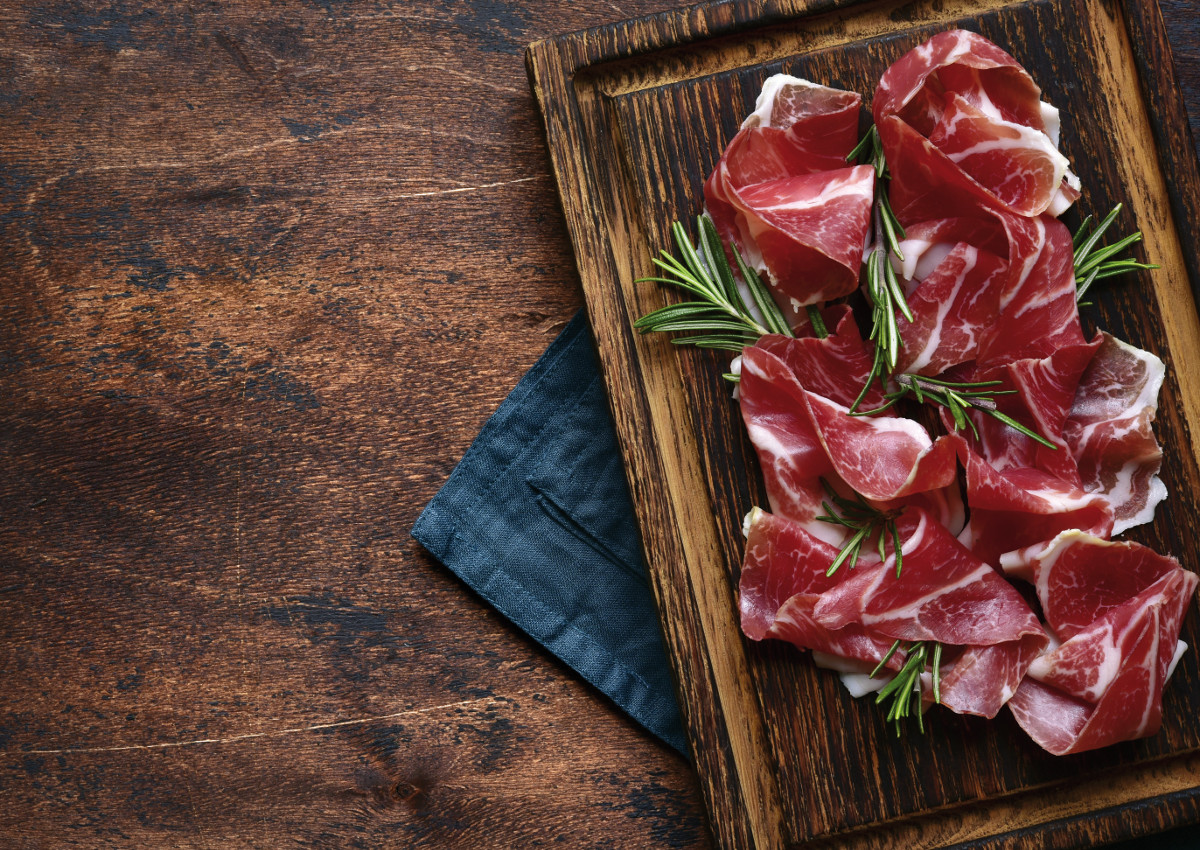During 2019, the sharp rise in raw material costs due to the boom in demand from China – following the spread of African Swine Fever (ASF) in the Far East – created a shock in the pork meat market. Italian charcuterie companies have therefore been faced, on the one hand, with raw material costs reaching record levels and on the other with a more difficult market, both domestic and foreign. To all this was added the Covid-19 pandemic consequences. This was highlighted by ASSICA, the Italian association of the meat and cold cuts industries, during its latest analysis.
Click here to discover the authentic ITALIAN CHARCUTERIE on Italianfood.net platform
However, good news comes from exports which, although decreasing in volume, are growing in value. “In the first quarter of 2020, exports showed a really unexpected result, recording a slight decrease in volume (-1%, for 40,961 tons) but an important growth in value (+10.1%, for 385.6 million euros) thanks to exports of products with a high added value, in particular pre-sliced cold cuts,” says the president of ASSICA Nicola Levoni.
Salumi: the 2019 production trend
| Products | Volume (thousands tonnes) | Var.% | Production share % | Value (million euros) | Var.% |
| Raw ham | 281,6 | -2,7 | 23.9 | 2,223,6 | -2.2 |
| Cooked ham | 289,4 | +0,3 | 24.6 | 1,987,8 | +0.9 |
| Mortadella | 164,1 | -0,4 | 14 | 678,9 | +2.6 |
| Salami | 112,9 | +0,7 | 9.6 | 977,9 | +3.5 |
| Würstel | 59,6 | -1,4 | 5.1 | 182,8 | -1.1 |
| Bacon | 50,5 | -1,5 | 4.3 | 233,8 | +1.9 |
| Coppa | 42,4 | -1,4 | 3.6 | 318,8 | -0.7 |
| Speck | 34,2 | -4,8 | 2.9 | 342,1 | -4.3 |
| Bresaola | 18,5 | +3,5 | 1.6 | 291,8 | +4 |
| Other Salumi | 122,7 | +1,7 | 10.4 | 890,5 | +3.7 |
| Total | 1,176 | -0,7 | 100 | 8,128,1 | +0.6 |
ITALIAN TYPICAL CHARCUTERIE OVERCOMING HARD TIMES
Fears about a heavy blockage of exports, as hypothesized in the early stages of the health emergency, were quickly overcome thanks to two key factors. On the one hand, the EU Commission intervention prevented the contagion containment measures adopted by Member States from turning into discriminatory actions within the single market. Moreover, the innovation of Italian products and the high level of health and safety measures adopted by producers allowed them to offer safe products complete with all guarantees required by consumers.
Salumi: exports trend in 2019
| Year | Volume (thousands tonnes) | Var.% | Value (million euros) | Var.% |
| 2017 Exports | 180,259 | +3.3 | 1,526,777 | +1 |
| 2018 Exports | 181,705 | +1 | 1,531,488 | +0.3 |
| 2019 Exports | 181,142 | -0.3 | 1,567,676 | +1.4 |
“Although the overall export sales figures of 2020’s first quarter are comforting compared to expectations, several weaknesses still worry us. First of all, the significant drop in volume of of raw hams (the leading product of our exports) shipments. Secondly, the decline in sales volume of our two main reference markets – France and Germany. Finally, the weakening of global economy” – Levoni says.
2019 exports by products
| Raw Ham | 38% |
| Mortadella, würstel, cotechini, zamponi | 22% |
| Sausages and salami | 19% |
| Cooked ham | 11% |
| Bacon | 3% |
| Bresaola | 2% |
| Other salumi | 5% |
In this difficult economic scenario, and taking into account the new consumption habits, the commitment of ASSICA for the coming future will be directed to promote a culture of sustainability in all operators of the supply chain, starting with meetings, seminars, webinars and video tutorials.

